Small changes in your daily routine can have a big impact on the planet. You can start living a more eco-friendly lifestyle today with easy habits that fit effortlessly into your regular activities. Simple swaps, like choosing reusable instead of single-use items or conserving energy and water, make sustainable living approachable for everyone.
Making these shifts doesn’t require a complete overhaul of your life. Even minor adjustments—like recycling consistently, eating more plant-based meals, or incorporating green travel choices—help reduce your footprint and contribute to a healthier environment. These easy habits are not only practical but also rewarding, especially when you see how they benefit both you and the planet.

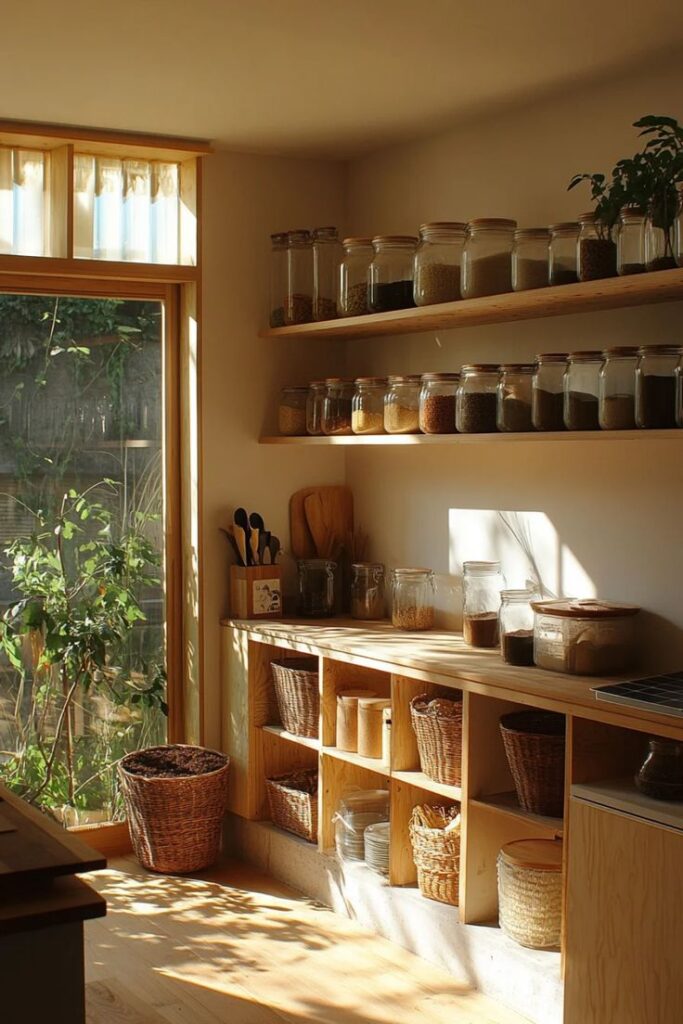
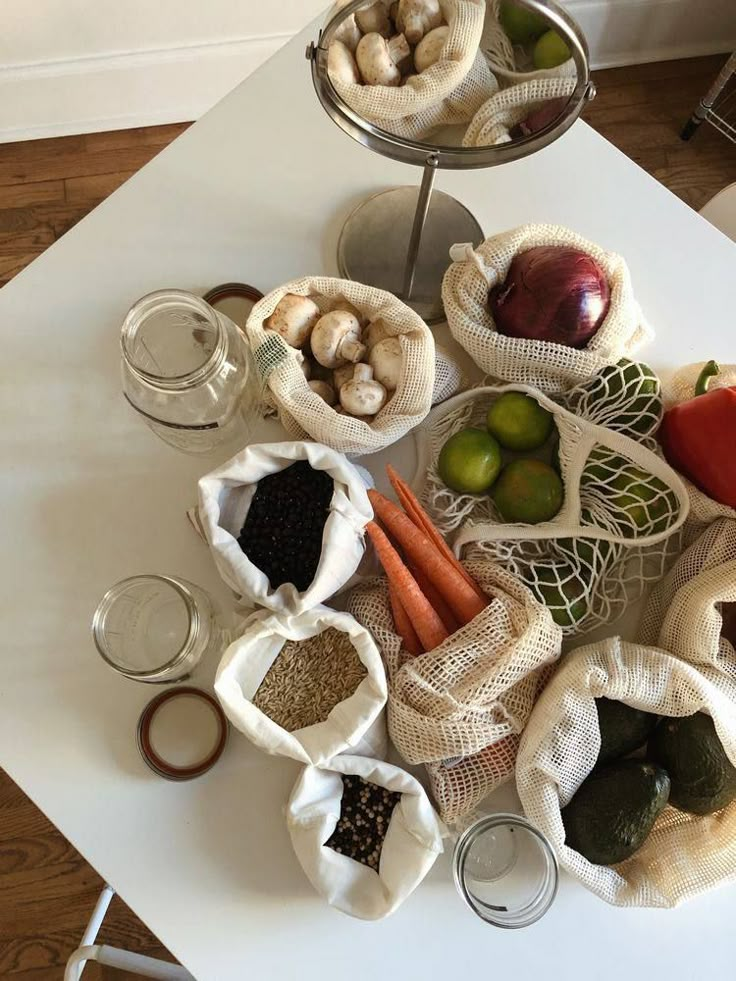
Key Takeaways
- Simple eco-friendly actions can create real change.
- Everyday choices support an environmentally friendly lifestyle.
- Sustainable habits are easy to adopt and maintain.
Easy Everyday Swaps for Sustainable Living
Making small changes to your daily routine can help you use less plastic, save money, and live more sustainably. Simple swaps often require minimal effort and help reduce waste while keeping convenience and functionality.
Switch to Reusable Shopping Bags
When you go grocery shopping, bring reusable shopping bags instead of using paper or plastic ones. Reusable bags come in different sizes and materials, such as cotton, recycled polyester, or sturdy canvas.
Keep a few bags in your car, backpack, or by the door so you always have one when you need it. Most stores accept these bags at the checkout.
Using your own bags helps lower demand for single-use plastics, reducing landfill waste. Some stores even offer small discounts when you bring your own. Wash reusable bags regularly for hygiene and check their stitching so they last as long as possible.
Opt for Reusable Water Bottles
Switching to a reusable water bottle is an easy way to cut down on single-use plastic bottles. Stainless steel, glass, and BPA-free plastic are common materials.
A high-quality reusable water bottle is easy to clean and keeps your drinks hot or cold for longer. You can fill up from home, public refill stations, or filtered water systems at work or school.
Carrying your own water bottle is convenient and saves money over buying bottled water. It also helps reduce the number of plastic bottles that end up in landfills or waterways.
Reduce Single-Use Plastics
Single-use plastics show up in food wrappers, cutlery, straws, and takeout containers. Swapping these for reusable or compostable alternatives lowers your environmental impact.
Try using bamboo or stainless steel cutlery, silicone or stainless steel straws, and beeswax wraps to replace plastic wrap. Choose products in cardboard or paper packaging over plastic when you can.
Look for eco-friendly products labeled “plastic-free” and check recycling codes on packaging. Making these changes can quickly shrink your household’s plastic footprint.
Choose Reusable Containers
Pack your lunch, leftovers, or snacks in reusable food containers instead of disposable bags or cling film. Glass, stainless steel, and BPA-free plastic containers are durable and dishwasher-safe.
Using your own containers means less waste and fewer toxins compared to some single-use packaging. Beeswax wraps are great for wrapping sandwiches, cheese, or snacks and can be rinsed and reused.
Stackable or collapible containers save space in your kitchen and bag. Label containers when storing food in the fridge to cut down on food waste and keep things organized.

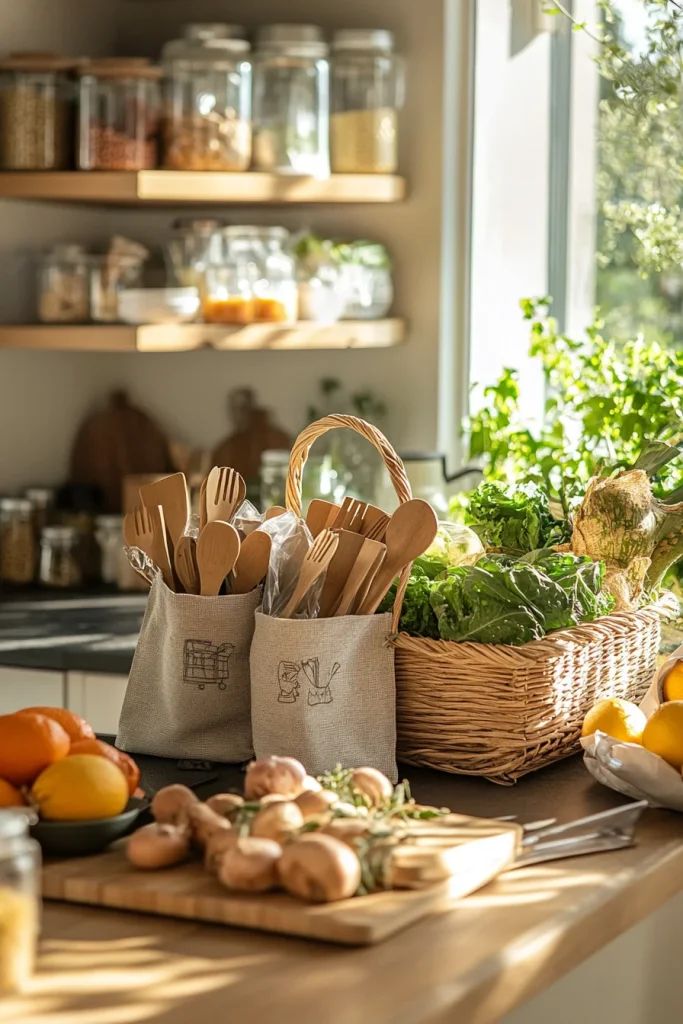
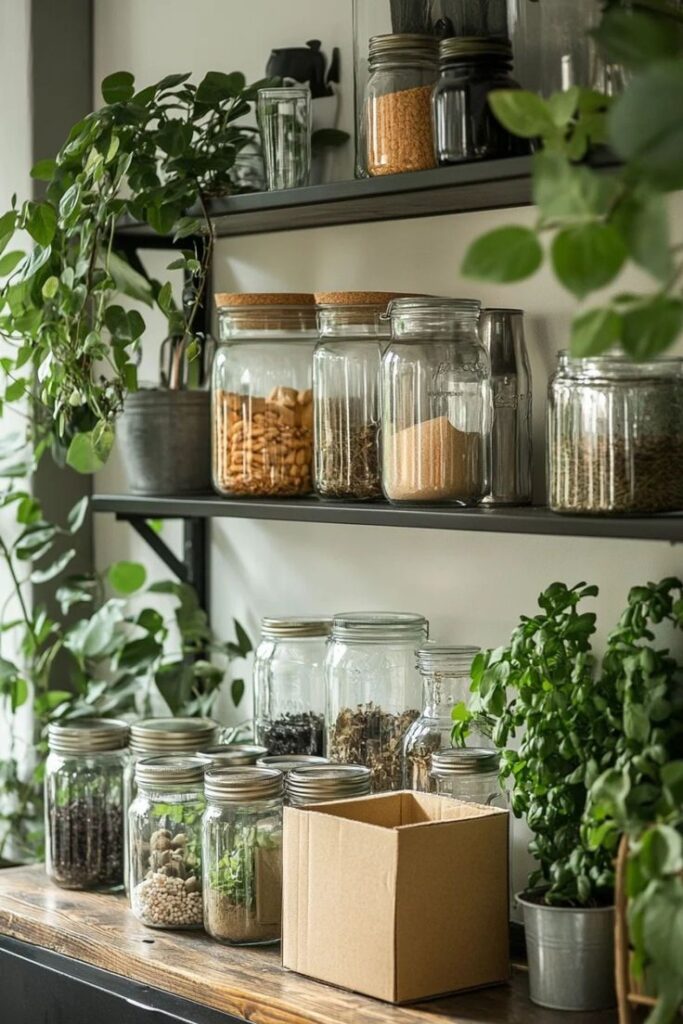
Reduce Waste and Recycle with Ease
Everyday choices like composting, proper sorting, mindful grocery shopping, and reducing packaging waste make a big difference. Simple adjustments to your habits can cut down on landfill waste, conserve resources, and lower your environmental impact.
Start Composting at Home
Composting at home helps divert food scraps and yard waste from landfills, turning them into nutrient-rich soil for your garden or houseplants. You don’t need a large backyard to get started—compost bins and even small kitchen composters fit in tight spaces.
Place fruit and vegetable peels, coffee grounds, eggshells, and other compostable scraps in your compost bin. Avoid adding meat, dairy, or oily foods, as these can attract pests and slow the process. If you have a balcony or small patio, consider using vermicomposting, where worms break down your food waste.
Aerate your compost regularly, and keep the mix balanced between green materials (food scraps, grass clippings) and brown materials (dried leaves, cardboard). When the compost turns dark and crumbly, it’s ready to use. Composting is not only simple—it reduces methane emissions from landfills and creates less need for chemical fertilizers.
Sort and Recycle Properly
Sorting your waste before recycling is one of the most effective ways to keep recyclables out of the trash. Start by checking your local guidelines, which may vary by area. Typical curbside recycling accepts paper, cardboard, plastic bottles, cans, and glass, but not items like plastic bags, Styrofoam, or greasy pizza boxes.
Set up labeled bins in your home for different types of recyclables to make it easier for everyone to participate. Always rinse containers to remove food residue before placing them in the recycling bin. Flatted cardboard and crushed cans save space and help collectors process materials more efficiently.
If in doubt about a material, look for a recycling label or call your local facility. Proper sorting prevents contamination, which can cause entire batches of recycling to end up in landfills. Staying informed about your area’s specific recycling rules is key to effective, eco-friendly waste reduction.
Limit Food Waste
Limiting food waste starts with meal planning, smart shopping, and understanding expiration dates. Plan your meals for the week and make a shopping list to avoid unnecessary purchases. Buy only what you need and check your pantry before grocery shopping.
Store produce and leftovers properly, using airtight containers and eating perishable items first. Repurpose leftovers into lunches or new meals rather than discarding them. Consider freezing extras if you can’t use them right away.
If food does spoil, compost what you can instead of tossing it in the trash. By reducing food waste, you save money, conserve resources, and prevent greenhouse gas production from landfill decomposition.
Avoid Unnecessary Packaging
Many products are wrapped in excessive, non-compostable plastic packaging. Bringing your own reusable bags, produce sacks, and containers to the store helps cut down on single-use plastic waste. Look for items in bulk bins or with minimal, biodegradable, or compostable packaging.
Whenever possible, choose fresh produce without packaging and support local markets that offer unpackaged goods. Skip individually wrapped snacks and opt for making your own at home with reusable containers.
If you must buy packaged items, check for recyclable or compostable materials and avoid multi-layered plastics, which are difficult to recycle. Small changes in shopping habits can dramatically reduce your household’s waste output and move you closer to a zero waste lifestyle.

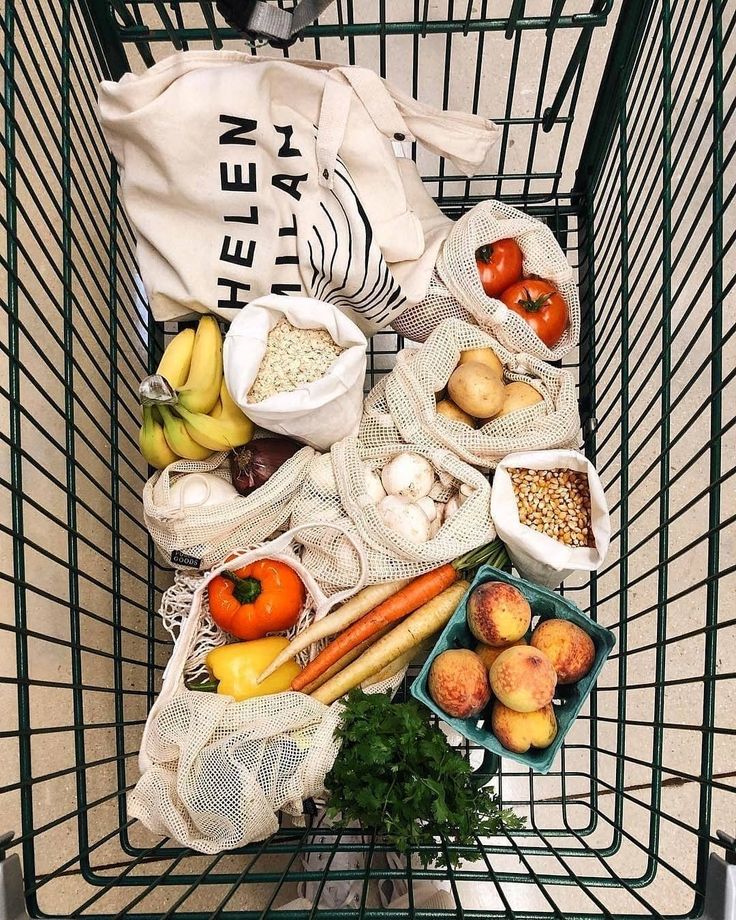
Save Energy and Water Effortlessly
Simple changes at home can reduce your energy and water consumption without disrupting your routine. Paying attention to your lighting, heating, appliances, and daily habits can conserve resources and cut down on utility costs.
Switch to LED Lighting
LED lighting offers a straightforward way to make your home more energy efficient. LED bulbs use about 75% less electricity than traditional incandescent lights and last up to 25 times longer.
This change means fewer bulb replacements and less waste. LEDs emit less heat, which can help keep your spaces cooler and reduce the need for air conditioning. Most major retailers stock LED bulbs in various sizes and colors, so it’s easy to find options that fit your fixtures.
You can prioritize key areas by switching bulbs in rooms you use often, such as kitchens or living rooms. For a quick comparison, see the table below:
| Bulb Type | Energy Use | Average Lifespan |
|---|---|---|
| Incandescent | High | 1,000 hours |
| CFL | Medium | 8,000 hours |
| LED | Low | 25,000+ hours |
Making this switch is a simple but impactful step in energy conservation.
Install a Programmable Thermostat
A programmable thermostat, including options like smart thermostats, helps control heating and cooling with minimal effort. By setting schedules, you avoid heating or cooling your home when you’re not there.
You can program lower temperatures at night or during work hours, then set them to turn back up before you arrive home. This level of automation gives steady comfort and predictable savings.
Many smart thermostats adjust automatically based on your daily patterns and can be controlled from your phone. According to the U.S. Department of Energy, using a programmable thermostat correctly can save up to 10% a year on heating and cooling costs.
Look for models compatible with your HVAC system and consider features such as remote control, learning capabilities, and easy installation.
Use Energy-Efficient Appliances
Appliances account for a significant portion of a home’s energy consumption. When it’s time to replace old appliances, choose models with the ENERGY STAR rating. ENERGY STAR appliances, such as refrigerators, washing machines, and dishwashers, meet strict standards for energy efficiency.
Energy-efficient appliances use less power and water than standard models. For laundry, washing clothes in cold water can save energy—heating water accounts for about 90% of the energy a washing machine uses.
Unplug small kitchen gadgets and chargers when not in use to avoid “phantom loads”—electricity used by devices even when turned off. Review manuals for energy-saving features, such as eco-modes or timers, which can further lower your energy consumption.
Take Shorter Showers
Shortening your shower time is one of the simplest ways to save water and energy at home. Heating water for showers is a major source of household energy use. Reducing your shower by just a few minutes each day can save gallons of water and a noticeable amount of energy each month.
Use a timer or play a short song to help you keep track of time. Consider installing a low-flow showerhead, which maintains water pressure while reducing the amount used.
Regularly check for leaks in the shower or bathroom faucets, as even small drips add up over time. By combining shorter showers with quick leak fixes, you make progress toward both water conservation and lower utility bills.

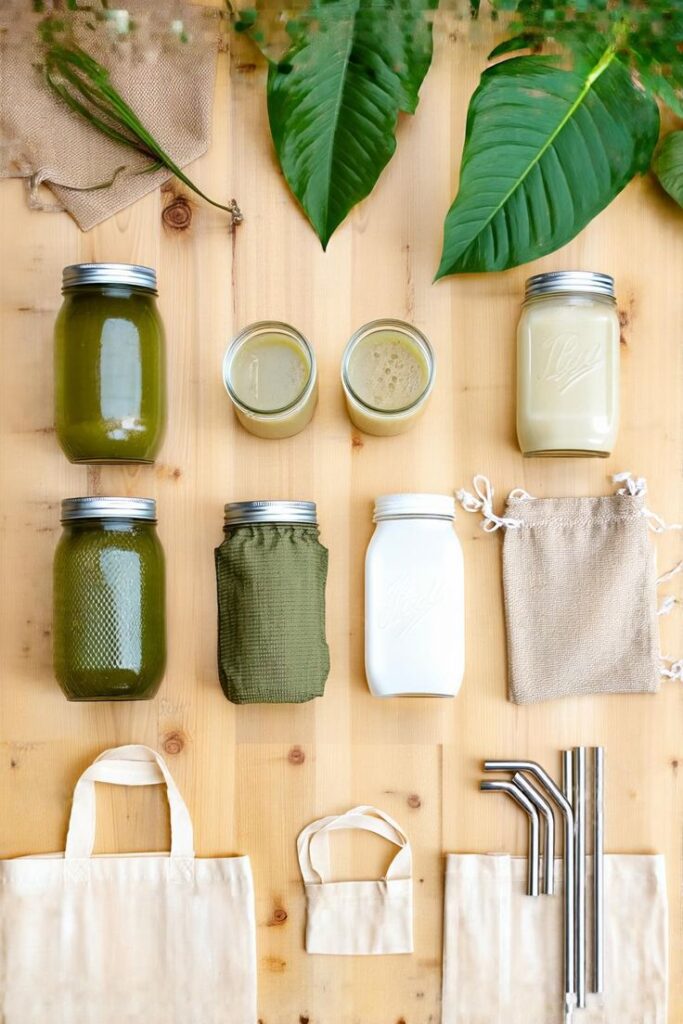
Green Transportation and Eco-Friendly Travel
Choosing eco-friendly ways to get around can greatly reduce your carbon footprint and help fight climate change. Sustainable transportation not only helps reduce pollution and emissions, but also makes travel more enjoyable and community-focused.
Use Public Transport More Often
Public transport is one of the simplest ways to practice eco-friendly travel. Buses, trains, and subways use less fuel per person and emit fewer greenhouse gases than private cars.
When you use public transit, you’re actively reducing road congestion and air pollution. It’s a small change that, over time, can make a significant difference.
Many cities now offer contactless payment and real-time apps to help you plan routes and schedules easily. Using regional trains for longer trips can be especially effective, as rail travel creates 66–75% less carbon emissions than flying or driving. By switching to public transport regularly, you’ll help support sustainable transportation options in your community.
Consider Cycling or Walking
Cycling and walking are the most eco-friendly modes of transport. They produce zero emissions, use no fuel, and help you stay active and healthy.
Switching out even a few short car rides each week for a bike ride or walk can cut down on pollution and greenhouse gas emissions. Cities are investing more in bike lanes and pedestrian paths, making it safer and more enjoyable for everyone.
You don’t need special equipment to get started—a basic bike and comfortable shoes are enough. If you’re commuting, an electric bike is a good option for longer distances. Cycling and walking also let you discover local neighborhoods and hidden gems you might otherwise miss.
Try Carpooling or Sustainable Transport
Carpooling is an accessible way to make your travel habits greener. Sharing a ride with others reduces the number of vehicles on the road, lowering overall pollution and energy use.
Apps and community boards make it easy to find carpool partners with similar routes. When renting or buying a vehicle, consider hybrid or electric vehicles; these options emit far less pollution than traditional cars.
If carpooling isn’t practical, look into shared mobility options like electric scooters and car shares offered in many cities. These are designed to support eco-friendly transportation and sustainable urban living, helping reduce your personal carbon footprint.
Explore Eco-Tourism Options
Eco-tourism focuses on travel that’s mindful of the environment and local communities. Choose travel providers with green certifications or environmental initiatives to support sustainable tourism.
Look for eco-lodges, low-impact tours, or destinations that prioritize environmental protection and benefit local people. Opt for guided nature walks, wildlife preservation programs, or cycling tours.
By supporting eco-friendly travel services, you help encourage responsible tourism and conservation. Your choices as a traveler can support sustainable development, reduce pressure on fragile sites, and help combat climate change.
Healthy Habits for an Eco-Conscious Home
Small shifts in the way you clean, power electronics, and handle household chores make a difference for your health and the environment. Choosing better products can lower your exposure to toxic chemicals and make your home more sustainable.
Choose Eco-Friendly Cleaning Products
Switching to eco-friendly cleaning products reduces toxic chemicals indoors and helps protect waterways after disposal. Many traditional cleaners contain harsh substances like ammonia, bleach, and synthetic fragrances, which can act as indoor pollutants and trigger allergies or respiratory issues.
Look for products labeled as biodegradable, non-toxic, or plant-based. These are often free from phosphates, parabens, and artificial dyes. Check for third-party certifications such as EPA Safer Choice or EcoLogo, which ensure better safety standards.
Making your own cleaners using natural ingredients like vinegar, baking soda, and lemon is also effective for many household jobs. Properly storing and using concentrated versions, when possible, can further cut down on packaging waste and carbon emissions. Keep surfaces clean without exposing your family to unnecessary chemicals.
Use Rechargeable Batteries
Rechargeable batteries are a practical change for an environmentally conscious home. Unlike single-use batteries, they can be recharged and reused hundreds of times, greatly reducing the number of batteries that end up in landfills.
Single-use alkaline batteries contain materials that can leak harmful substances if not disposed of properly. Rechargeable batteries, especially those made from nickel-metal hydride (NiMH), have a lower environmental footprint when used long-term.
Invest in a quality charger and keep a small set of charged batteries available for devices like remotes, cameras, and toys. Recycling spent batteries at a certified center ensures valuable materials are recovered safely. By making this switch, you help conserve resources and cut waste without sacrificing convenience.
Swap to Cloth Napkins
Cloth napkins are an easy swap that cuts down on single-use paper waste. Using paper napkins every day adds up to significant landfill mass, and the production process can involve bleaches and chemicals that are not eco-friendly.
Choose napkins made from organic cotton or linen whenever possible. These are softer, washable, and reusable for years, minimizing both environmental impact and household costs. Keep several sets on hand so you can rotate and wash them as needed.
Washing cloth napkins with other laundry uses little extra water or energy, especially if you let them air-dry. For added sustainability, avoid fabric softeners and opt for biodegradable detergents. With this simple habit, you move one step closer to reducing waste and creating an eco-friendly home.
- 47shares
- Facebook0
- Pinterest47
- Twitter0


